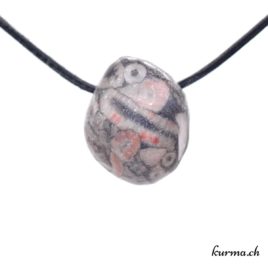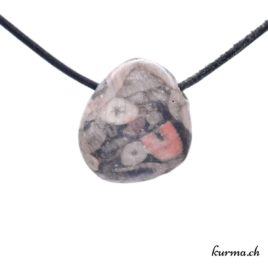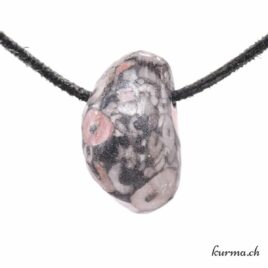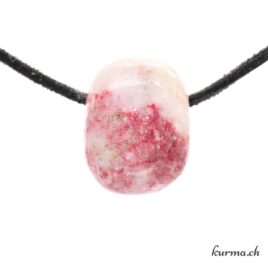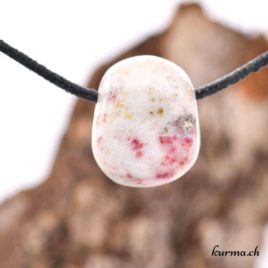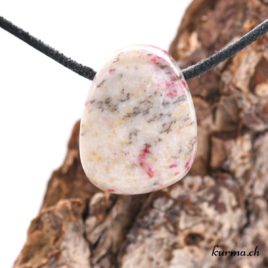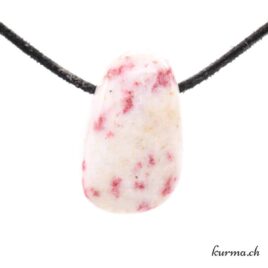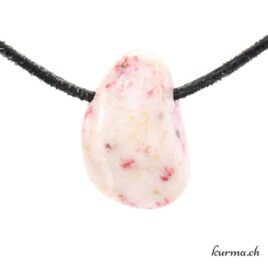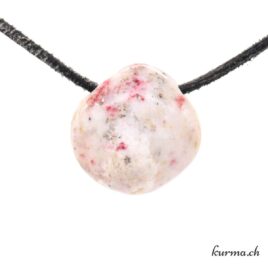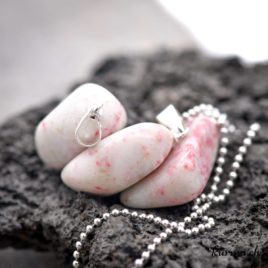Le Cinabre
Cinnabar, or mercury sulfide, has a rich symbolic history linked to rebirth and spiritual transformation. In Feng Shui, it is used to inaugurate buildings; in lithotherapy, it is linked to prosperity - and is only used on Quartz and Slate to avoid toxicity.
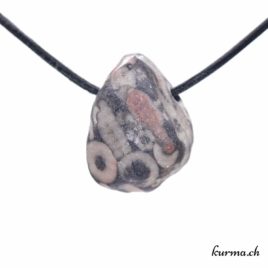
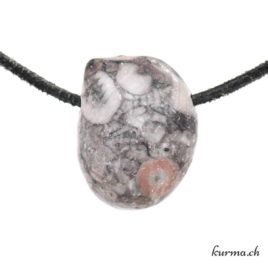
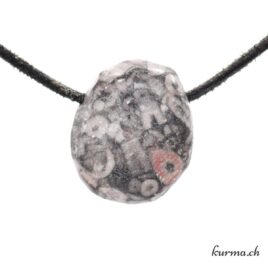
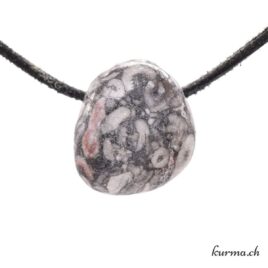
What are the virtues and properties of Cinnabar in lithotherapy?
Origins of the symbol
It was associated with rebirth, transformation and immortality in the Taoist tradition, just as it was on the other side of the world, in America, in pre-Columbian cultures such as the Mayas and Aztecs.
Prosperity and vitality in lithotherapy
What does it mean?
Today, Cinnabar is renowned as a merchant's stone, promoting abundance and prosperity - dispelling memories of poverty and opening the door to wealth.
What are its benefits?
Cinnabar promotes concentration and alertness, calming instability, agitation and nervousness. Stimulating vitality and energy, it can be a great support when anger or resentment get the better of reason.
With it, we are more easily in emotional and mental conditions that favor receptivity and learning. You can remain flexible by sticking to your original framework.
Cinnabar can also help balance the sacral chakra: it promotes creativity and passion.
And physically?
In lithotherapy, Cinnabar can be useful in cases of metabolic disorders causing bloating, strong-smelling perspiration and bad breath. It can play a role in the elimination of toxins and have an antibacterial action.
Caution! Although once used in the manufacture of certain remedies and as a colorant, Cinnabar is a mercury sulfide: it is therefore highly toxic in powder or raw form. It should never be ingested, made into an elixir, brought into contact with mucous membranes or heated (the fumes are also highly toxic). However, when it is inside Quartz or Slate, it represents no danger.
Which crystals amplify the virtues of Cinnabar in lithotherapy?
- Combined with Obsidian, it can nourish inner strength.
- combined with Jade, Cinnabar awakens an elaborate dynamism, both stable and balancing
- Rose Quartz, for emotional harmony
- with Malachite, to strengthen the aura.
How to purify Cinnabar on Quartz or Slate?
Clean or recharge
Moon, running water, waveform, fumigation, singing bowl, wind/breath, prayers...Chakras
1ᵉ chakra - Root Cinnabar on Slate: Root and SacralCinnabar on Quartz: Root and 3rd eye
Astrological sign
LionElement
EarthCinnabar mineralogy
Cinnabar is a mercury sulfide originating from hydrothermal veins of volcanic origin, which sometimes forms small rhombohedral crystals, but more often appears as aggregates or powder.
The color of the crystals is a beautiful translucent ruby red - ranging from bright red to reddish brown. Depending on the elements present in their composition, aggregates most often have a dark red, brown, black or reddish-brown hue.
It is mainly found in Spain, China, Italy, Mexico, Peru and Russia.
Its mercury content makes it highly toxic. Its hardness of 2 to 2.5 on the Mohs scale means it is relatively soft. Handle with care.
Other stones in this color
*Please note! Some minerals may be toxic and must not be licked or ingested (as such or in the form of powder, elixir or stone water) or be in prolonged contact with the skin or mucous membranes.
*The information on the stones described here are general indications based on our research and experience, and are not exhaustive.
Reproduction in whole or in part of this content is prohibited. More info


